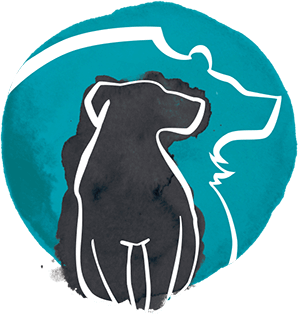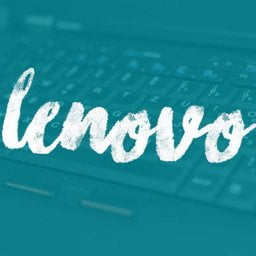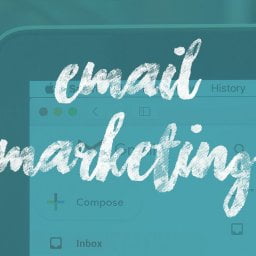hile browsing the eternal depths of the world wide web, how often have you found yourself lingering on some websites more than others? They just have a better user experience, and are far more exciting and pleasing to navigate than others. This might be the effect of intuitive layouts, stunning photography, clean graphics and visuals or cleverly written content – maybe a combination of a few or all of these elements. However, one important element not everyone has learned to recognise yet is animation.
Since before we began comprehending the world, we observed a cause and effect to all our interactions – the way things trigger each other, as well as the mechanics behind how things appear. Rarely do things emerge out of the blue – we are able to observe them as they move in our view – growing, morphing, and disappearing.
Animation is a big part of user experience. It can drastically improve your interaction with a website by providing visual cues, assisting hierarchy and navigation, bringing eye-pleasing detail, and so much more. However, animating the wrong things could lead to confusion; there is a whole science behind creating compelling and useful animations.
There are a few ways animation affects user experience, and why it should be integrated on a website. Good animation:
Gives navigational context.
When customers start recognising patterns in navigation, they are likely to find their way around your website more easily. Animation smoothly transports users between navigational contexts and explains changes on a screen by creating visual connections between transition states.
Creates suspense.
The gap between expectation and reality can be negated by means of meaningful motion. The most recognised example of that would be Facebook, with its placeholder shapes in place of a profile picture or a post that is yet to appear. The key idea is to keep a visitor on page while it’s loading and negate the delay that occurs between clicking on a website link and seeing all its content in place. And it works perfectly as loading animation clearly indicates the elements that are going to appear in a few seconds.
Establishes emotional engagement with users.
Often, there are dozens – even hundreds – of websites that have the same exact features and accomplish the same tasks. But what sets some of them apart from others is that in addition to a great user experience, they establish emotional engagement through branding animation. Branding animation can be used as marketing tool – to support a company’s brand values or highlight a product’s strengths – and at the same time, can make user experience truly delightful and memorable.
Turns a linear view into a more dimensional one.
Motion adds a third dimension to a static page, making it more likely that customers actually want to interact with the website. Adding subtly moving elements creates interest and intrigue, and as long as they are not overboard in how they are done, they will serve the purpose of keeping customers engaged.
While there are clear benefits to having animation on the website, animation sometimes seems to be the easy way out and a bit of a cheap trick, due to our natural desire to pay attention to moving things. Often, websites filled with meaningless animation produce an opposite effect – basically, annoying the user to the point of no return.
Often, animation is overrated. It’s not like it is a crucial performance element or a critical asset. It is more like a cherry on top of the cake. But if the cake itself isn’t good, the rest of it is just unnecessarily distracting.
Identifying the places where animation has utility is only half the story. If you’re going to use animations in your website, they should be built well, and that is only possible when the animation is a natural part of the design process. When done correctly, animation can turn a sequence of screens into carefully choreographed memorable experiences.
If you want to build your own stunning website or even revisit your current one and make it come alive and engaging for your audience, give us a call and see the magic we can perform.



